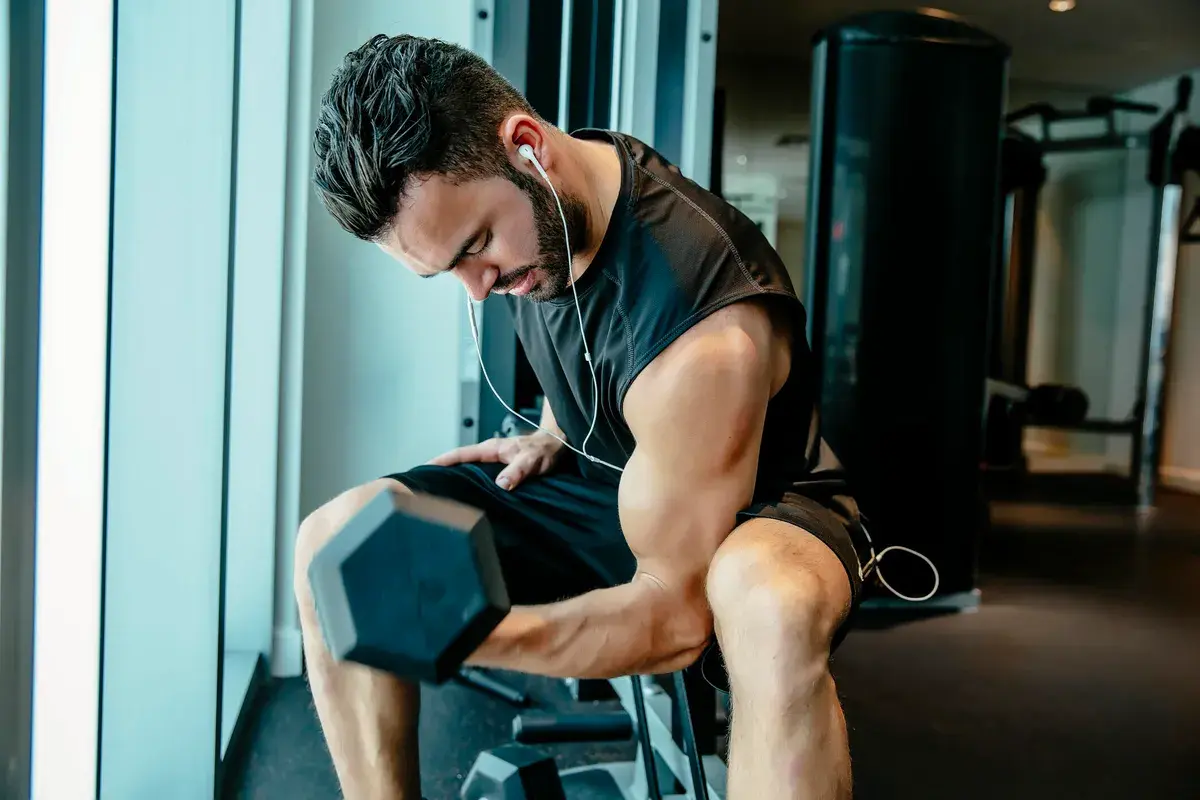That satisfying tightness in your muscles after a great workout the pump isn’t just a fleeting moment of glory. It’s one of the most motivating feelings in fitness. While it may not last forever, there are innovative and natural ways to prolong the pump’s effectiveness and even make it work in your favour for muscle growth and overall aesthetics.
Let’s dive into how to get the most out of that pumped-up feeling and what you can do to keep it going beyond your workout.
The Pump: What’s Happening?
The “pump” you feel during exercise, especially during weightlifting, is technically called transient hypertrophy. When you’re lifting, your muscle fibres are under stress and require more oxygen and nutrients. As a result, your body increases blood flow to those muscles. The blood vessels dilate, and plasma fills up the muscle tissue, causing that complete, tight, swollen look.
It’s temporary, yes but that doesn’t mean it can’t be optimized and extended. With the right approach, you can keep that pump active for longer and even turn it into a tool for building muscle.
Train for the Pump, Not Just the Burn
One common mistake many lifters make is chasing the burn without understanding how to train specifically for muscle growth and swelling. To maintain that pump, your training regimen needs to include the right balance of volume, intensity, and rest.
Focusing on moderate weights with high volume think 8 to 15 reps per set will get your blood flowing in the right direction. Short rest periods (30 to 60 seconds) between sets can help maintain intensity and keep the pump alive throughout your workout session.
Isolation exercises, such as curls, lateral raises, and leg extensions, are efficient for pump-style training, as they target a specific muscle group and promote maximum blood flow.
Hydration and Nutrition: Your Secret Weapons
Muscles need fluid to swell. That means staying hydrated isn’t just a health recommendation, it’s essential for a great pump. If you’re dehydrated, your body can’t shuttle nutrients efficiently, and your muscles won’t swell up the way they’re supposed to.
Include water-rich foods like cucumbers, watermelon, and leafy greens in your meals. But more importantly, drink enough water before, during, and after your workout.
Your nutrition also plays a significant role. Carbohydrates are your muscles’ best friends when it comes to the pump. Carbs pull water into the muscles by increasing glycogen stores, and glycogen holds water creating that whole, pumped appearance. A balanced meal a couple of hours before your session, rich in complex carbs and some protein, can help fuel both energy and muscle swell.
Keep That Pump with Smart Supplementation
While we’re keeping things brand-free, there are a few natural compounds worth mentioning that have been shown to help with blood flow and muscle volume. Look for ingredients like citrulline malate, arginine, or even beetroot extract, which support nitric oxide production, a natural vasodilator that widens blood vessels and enhances circulation.
These compounds are commonly found in pre-workout formulas, but you can also consume them through food or stand-alone ingredients if you prefer to keep things simple.
Movement Is Momentum
After your last set, don’t just flop on the bench and scroll through your phone. Light movement helps keep blood flowing and can prevent the pump from fading too quickly. Try walking around the gym, stretching out lightly, or even performing low-intensity reps for an extra blood rush.
If you’re at home, a short post-workout walk can do wonders for recovery and maintaining that muscle fullness. Movement = blood flow. And blood flow = pump.
Breathing and Mind-Muscle Connection
Believe it or not, the way you breathe during your lifts can influence the effectiveness of your pump. Holding your breath (known as the Valsalva maneuver) may help you brace during heavy lifts, but when you’re aiming for pump-style training, it’s better to focus on consistent breathing.
Exhale during the concentric (lifting) phase and inhale during the eccentric (lowering) phase. This keeps oxygen moving and encourages continuous circulation through the muscles you’re targeting.
Also, don’t underestimate the mind-muscle connection. Focusing mentally on the muscle you’re working on can increase activation and promote a better pump. It sounds simple, but the difference between just “moving weight” and intentionally engaging your muscles is massive.
Post-Workout Recovery for a Lasting Pump
Once you’ve crushed your session and felt the swell, the next goal is to maintain it as long as possible. That means taking your post-workout recovery seriously.
Refuel with a solid meal containing lean protein and carbs to replenish glycogen and aid muscle repair. Don’t skip your cooldown, and don’t skip sleep. Your muscles do their real growth during rest and a well-recovered muscle responds better the next time you train, giving you an even better pump.
Compression gear, such as sleeves or leggings, helps keep the pump going longer after a workout by increasing circulation and reducing inflammation.
Final Thoughts: Ride the Wave
That post-lift muscle swell is more than just a mirror moment. It’s a sign that your muscles are activated, your blood is moving, and your training is on the right track. With intentional strategies, you can keep that pump going longer and, more importantly, use it as fuel for long-term growth.
So next time you step into the gym, don’t just chase reps chasing that feeling. Train smart, eat right, stay hydrated, and find ways to keep that pump alive. Your muscles and your confidence will thank you for it.
Also Read-Learn the Collective noun for Wildlife
